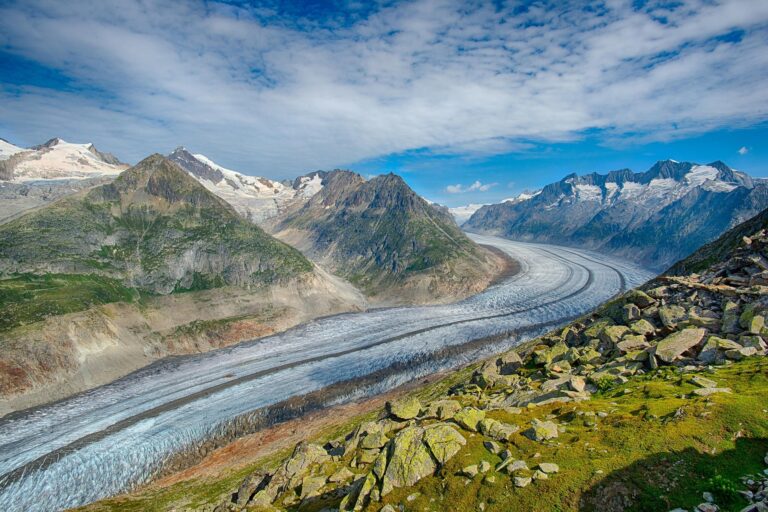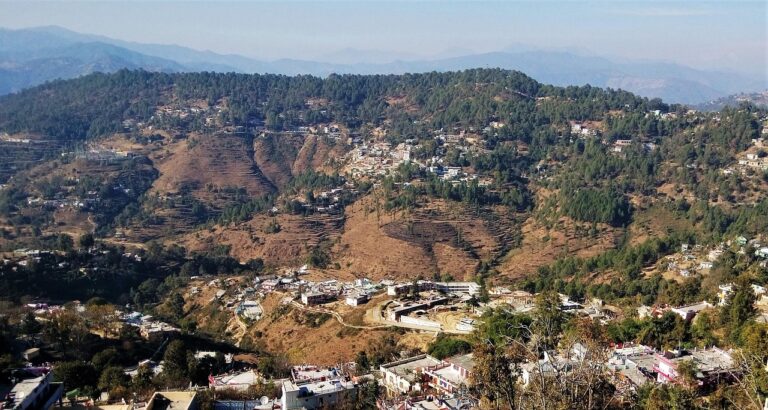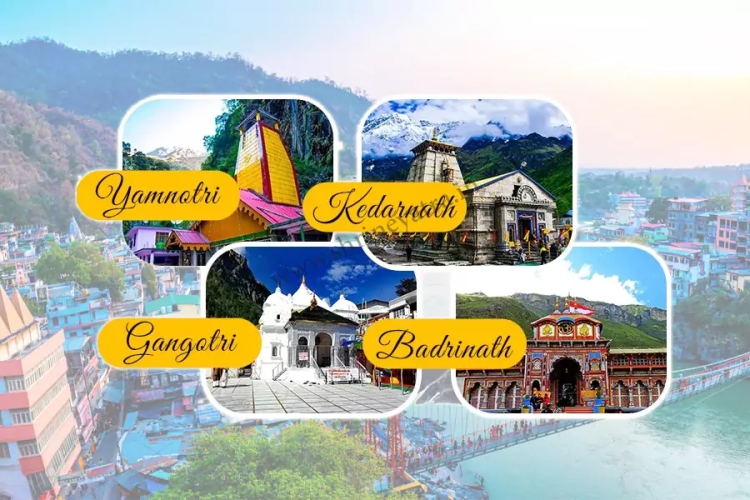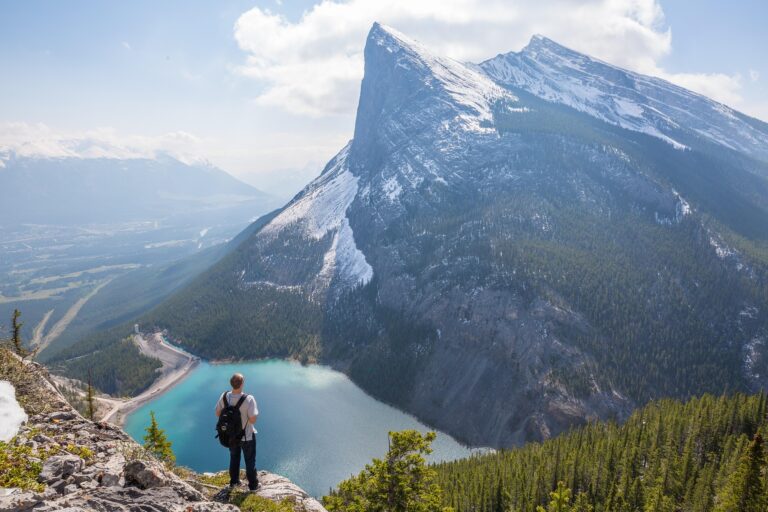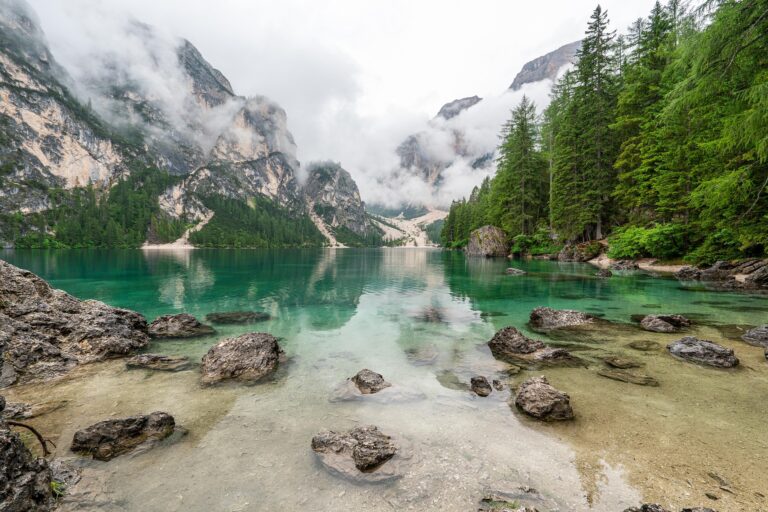The Char Dham Yatra in Uttarakhand is one of the most revered pilgrimages in India, and Yamunotri and Kedarnath are two of its most spiritually significant destinations. Whether you’re a first-time traveler or a seasoned yatri, preparing for a trip to these remote Himalayan shrines raises many questions. Here’s a guide that answers the most common queries about traveling to Yamunotri and Kedarnath to help you plan a smooth and spiritually enriching journey.
1. Where are Yamunotri and Kedarnath located?
Yamunotri and Kedarnath are situated in the Garhwal region of Uttarakhand. Yamunotri is the source of the Yamuna River and lies in the Uttarkashi district, while Kedarnath, home to one of the twelve Jyotirlingas of Lord Shiva, is located in the Rudraprayag district. Both shrines are nestled in high-altitude mountainous terrain and require a fair amount of trekking to reach.
2. When is the best time to visit Yamunotri and Kedarnath?
The ideal time to visit is between May and June and September to early November, just before winter sets in. The temples usually open in late April or early May and close around Diwali (October–November). The monsoon season (July–August) is best avoided due to frequent landslides and unpredictable weather.
3. How do I reach Yamunotri and Kedarnath?
To Yamunotri:
- The nearest road-head is Janki Chatti, about 50 km from Barkot.
- From Janki Chatti, you must trek 5–6 km to reach the Yamunotri temple. Ponies, palanquins (palkis), and pitthus are available for hire.
To Kedarnath:
- The road ends at Gaurikund, which is 16 km from Kedarnath.
- The 16 km trek can be done on foot or using ponies and palkis. Helicopter services are also available from places like Phata, Sersi, and Guptkashi for those looking for a quicker and easier route.
4. What are the accommodation options like?
Accommodation near both shrines is basic but sufficient. At Yamunotri, options are available at Janki Chatti, Barkot, and nearby villages. At Kedarnath, accommodations range from GMVN guesthouses to private lodges and tents. Due to high demand, especially in peak season, it is advisable to book in advance.
5. Is the trek difficult? Do I need to be fit?
Yes, both treks involve steep climbs and high altitudes. While you don’t need to be an athlete, a reasonable level of physical fitness is essential. Elderly travelers and those with health issues should consult a doctor beforehand. Short walks and basic cardio exercises a few weeks before the trip can help prepare your body.
6. What should I pack for the journey?
Pack warm clothes, regardless of the season, as temperatures can drop significantly. Good-quality trekking shoes, rain gear, first-aid kit, and personal medicines are a must. Carry light snacks, water bottles, a flashlight, sunscreen, and ID proof. For Kedarnath, carry an extra pair of clothes, as sudden rain or snow is common.
7. Are medical facilities available?
Basic medical aid is available at Gaurikund, Janki Chatti, and Kedarnath base camps. However, facilities are limited. It’s recommended to carry your own medicines and not rely solely on local services. For serious emergencies, evacuation by helicopter is possible but can be costly.
8. Do I need to register for the yatra?
Yes, the Uttarakhand government mandates registration for all pilgrims. You can register online through the official Char Dham Yatra portal or at physical registration counters. This helps in tracking and safety, especially in emergencies.
9. Are mobile networks and ATMs available?
Mobile connectivity is limited in these remote areas. BSNL and Jio work better compared to other networks. ATMs are available in towns like Barkot, Guptkashi, and Sonprayag, but it’s best to carry enough cash as card payments are rare in remote locations.
10. Can I travel with children and senior citizens?
Yes, but with precautions. Children and seniors can travel if they are healthy and not suffering from chronic respiratory or cardiac conditions. Always consult a doctor before planning. Use helicopter services for Kedarnath to ease the journey for older travelers.
Final Thoughts
Yamunotri and Kedarnath offer not just spiritual fulfillment but also a chance to experience nature’s raw beauty. While the journey can be challenging, proper planning, preparation, and awareness of the region’s demands can make it a rewarding pilgrimage. Whether you’re walking in devotion or seeking adventure, these sacred sites promise a once-in-a-lifetime experience.
Would you like a printable checklist or a downloadable travel guide for Yamunotri and Kedarnath? Let me know!

